#Henryk Ross
Explore tagged Tumblr posts
Text

Henryk Ross : The Łódź Ghetto Photographs
Stefania Ross
16 notes
·
View notes
Text




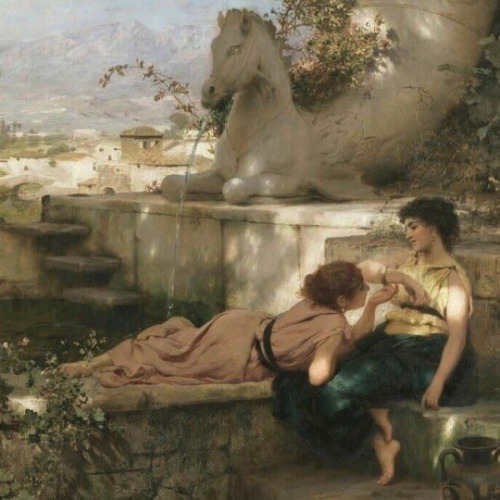



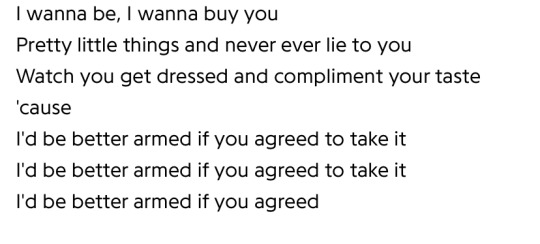


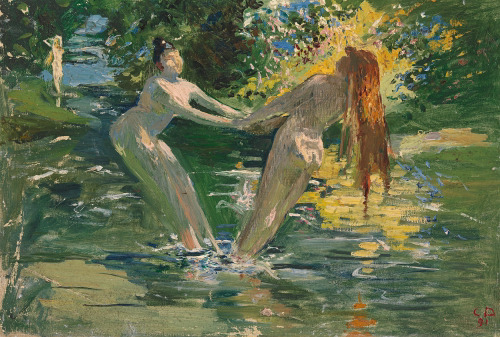







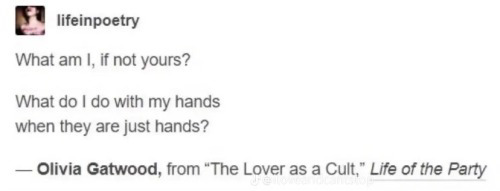


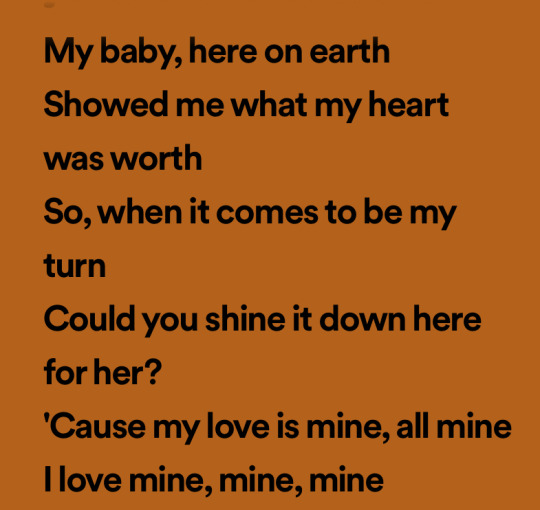

the beauty of sapphic love
unknown // Dodie she // Lyra Wren // Sappho // Henryk Siemiradzki // Leith Ross we'll never have sex // Blu & exile o heaven // unknown // Leith Ross (you) on my arm // Morgan Rogers honey girl // boygenius & ye vagabonds the parting glass // Cuno Amiet dancing bathers // Lilith Kerr unloving the knife // Jennifer Dugan some girls do // king princess 1950 // Sarah Waters tipping the velvet // Henry Caro-delvaille // Taylor Jenkins Reid the seven husbands of Evelyn Hugo // Sheridan Le Fan Carmilla // Olivia Gatwood the love as a cult // Sarah Waters tipping the velvet // Hans Makart // Mitski my love mine all mine // unknown
#lucy dacus#boygenius#julien baker#web weaving#boygenius web weave#web weave#on love#wlw#sapphic#lesbian#bisexual#mitski#nblw#leith ross#phoebe bridgers#text#quotes#poem#poetry#the seven husbands of evelyn hugo#honey girl
1K notes
·
View notes
Video
youtube
Documentation of Atrocities: The Jewish Photographer Henryk Ross
0 notes
Video
youtube
Documentation of Atrocities: The Jewish Photographer Henryk Ross
0 notes
Text
I've included some resources and media below (be aware that content can be triggering). This isn't the most comprehensive list and is obviously limited to what i've come across, so if anyone has anything to add, please do!
Websites
USC Shoah Foundation- links to films and Last Chance Testimonies as well as many other resources
Zikaron BaSalon- recorded testimonies and resources for hosting speaker events in your own living room
US Holocaust Memorial Museum- Lots of Resources!
Yad Vashem- video testimonies
Henryk Ross photographs- Henryk Ross was able to secretly capture the atrocities of Lodz concentration camp
Books
Night by Elie Wiesel
The Diary of Anne Frank
List of many books i've added to my want to read shelf
Movies- some docs and some fictionalized stories so do your research before watching
Life is Beautiful
Paper clips
The Pianist
Fateless
A Birch Tree Meadow
Conspiracy
The Grey Zone
Exodus: A Deaf Jewish Family Escapes From the Holocaust
Today is Yom Hashoa, Holocaust Remembrance Day as recognized by the Jewish community. Today and tomorrow, many Jewish people observe by holding memorial services, listening to stories of survivors, and even visiting concentration camps where family members suffered. More than 70 years have passed which means that less and less opportunities to hear stories from survivors’ own mouths are left. In the Jewish community, we grow up listening to stories from our families and attending events with survivors speaking, but unfortunately, I realize that is not a common occurrence outside of religious and cultural institutions.
I urge you to take a moment to find videos of survivors telling their stories, reading books written by survivors of the Holocaust, going to Holocaust museums, or even looking for local organizations holding events with speakers.
32 notes
·
View notes
Photo

Henryk Ross photographing for identification cards, Jewish Administration Statistics Department, c. 1941.
38 notes
·
View notes
Photo







Photos of Jewish life in the Łódź Ghetto by Henryk Ross
Henryk Ross, a Polish-Jewish photographer, took several thousand photographs documenting life in the Łódź Ghetto between 1940 and 1944. During the final liquidation of the ghetto, after over 70,000 Jews had already been murdered by the Nazis, Ross buried his negatives in the ground and went into hiding with his wife. Both survived and were able to dig up the negatives after the Red Army liberated the ghetto in 1945. Although much of the material was damaged, around 3000 photos were recovered.
From the collection of the Art Gallery of Ontario
22 notes
·
View notes
Text



Henryk Ross : The Łódź Ghetto Photographs
8 notes
·
View notes
Photo

Lodz Ghetto by Henryk Ross
3 notes
·
View notes
Photo

“Remember us.” לאדזש Henryk Ross
#henryk ross#1940#torah#wolborska street#synagogue#antisémitisme#judenstern#jewish badge#l’étoile jaune#antisemitism#pologne#poland#לאדזש
7 notes
·
View notes
Photo






Henryk Ross - Lodz Ghetto Album
Henryk Ross was a photographer for the Lodz Jewish Council responsible for documenting life in the city’s ghetto during the Nazi occupation of Poland. Nazis kept Ross and 160,000 other Jews behind barbed wire and concrete in a small quarter of Lodz’ Old Town. He was charged with creating images of fellow internees that the Nazis could use as propaganda. But Ross also secretly documented the hardships encountered by Lodz Jews, including their frequent deportation to death camps — images that he buried in a box to keep from discovery by his captors.
One of only 844 to survive the ghetto, Ross later exhumed the negatives after the war.
218 notes
·
View notes
Video
youtube


SO, this is @rhiannonmcgavin and her poem “First Base Gold” and it is BEAUTIFUL and in one of her youtube videos she explains how the inspiration of it came from Gustav Klimt’s “The Kiss” and Henryk Ross’s photography and I believe these are the corresponding images and I thought it was nice to be able to see all three pieces together so yeah...here’s all this amazing art all at once!!
#thegeekyblonde#rhiannon mcgavin#henryk ross#the kiss#gustav klimt#first base gold#isaac spector#ariela barer#GO BUY RHIANNONS BOOK#SHES AMAZING
168 notes
·
View notes
Photo

Lodz Ghetto - Ghetto police with woman behind barbed wire (Henryk Ross)
0 notes
Photo

1940-1944: Portrait Of Stefania Schoenberg Posing In The Window.
Henryk Ross
#henryk ross#ghetto#lodz#poland#jewish#deportation#nazi#ii world war#holocaust#mine#portrait#woman#jew
7 notes
·
View notes
Photo

A man walks in the ruins of the synagogue on Wolborska Street in the Lodz Ghetto in Lodz, Poland; 1939. x
Henryk Ross was a Jewish photojournalist who, while working as a photographer for the Nazi regime’s Jewish Administration’s statistics department, took pictures of the cruelty inflicted by the Nazi authorities on the Jewish community of Lodz. Following the German occupation of Poland, the Jewish community of Lodz was confined to a ghetto and would suffer starvation and disease there. Over a quarter of the ghetto’s population would die of disease or starvation, and the remainder were sent to concentration camps such as Auschwitz and Chelmno. There were only 877 Jewish persons of the Lodz Ghetto who would survive the Holocaust; one of whom was Henryk Ross. Before Henryk Ross was sent to Auschwitz, he buried the negatives of the pictures he took and would return after World War II ended to dig them up. They can be seen on exhibit at Boston’s Museum of Fine Arts from March 25 to July 30, 2017.
#Lodz#Poland#Holocaust#Shoah#Nazi Germany#Aushcwitz#Chelmno#Henryk Ross#Boston Museum of Fine Arts#Boston#1939#exhibit
74 notes
·
View notes
